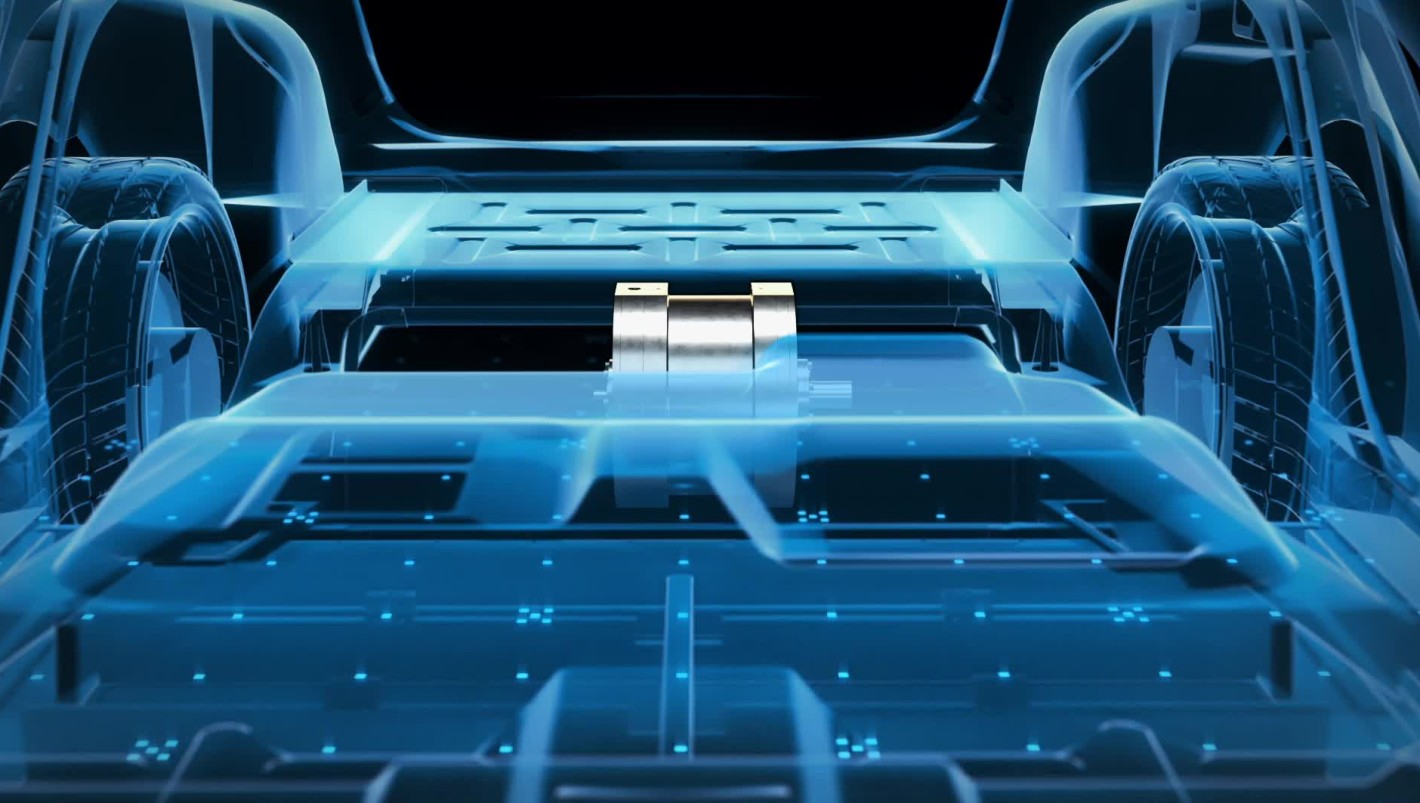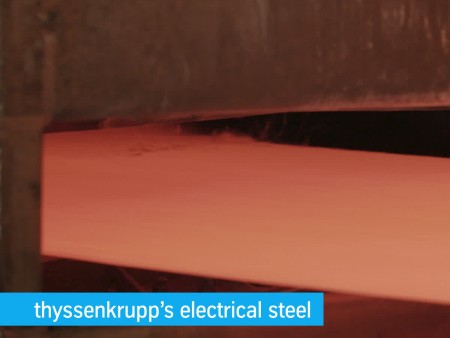Electric drive thanks to powercore®
Electric motor - how powercore® drives the electric car
Electrical steel for highly efficient electric motors plays an important part in the selectrify® initiative, in which thyssenkrupp Steel has combined its research and development activities for e-mobility.
High efficiency, low core losses: Electrical steel from thyssenkrupp Steel is the automotive material of the future
Other areas of the initiative include cost-efficient lightweighting solutions for the vehicle structure and highly robust and safe battery housings. They all demonstrate the enormous potential of innovative steel solutions for electric vehicles.
Electric powertrain thanks to powercore®
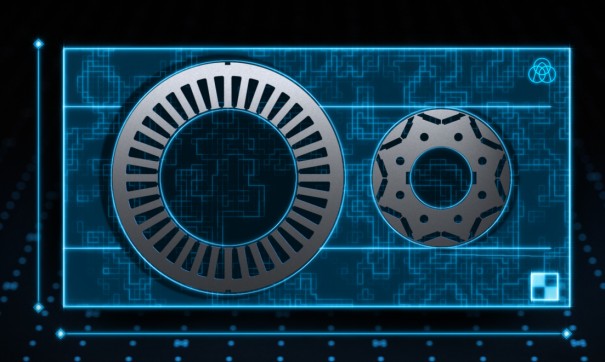
Another product from the selectrify® portfolio is used in the motors of electric vehicles: powercore® electrical steel. The electrical steel used in electric vehicle motors is only 0.2 to 0.35 millimeters thick, significantly thinner than the material used in traditional electric motors (0.5 to 0.65 mm). This results in low core losses, which in turn makes the motors more efficient and increases range. The alloy has a particular influence on magnetic performance. That’s why powercore® electrical steel from thyssenkrupp Steel has a roughly one fifth higher silicon content than for standard applications.
You’ll find them in virtually every electric motor: powercore®-NO- grades meet the requirements for high-performance, efficient powertrains. They are very thin and have homogeneous mechanical properties, low core losses and high polarization. Kamen: “We are also developing functional coatings for economical lamination construction by motor manufacturers and sandwich materials which can greatly improve productivity in the punching process and permit greater control over noise levels in the motor.”
Electric motors – quiet as a whisper

Electric motors are quiet. But people often find the tonality of the noises unpleasant. The use of bondal® E in the stator of an asynchronous machine reduces electromagnetically induced noise levels by up to 10 dB(A). Further cost-intensive materials for noise reduction can thus be dispensed with.
No e-mobility without steel
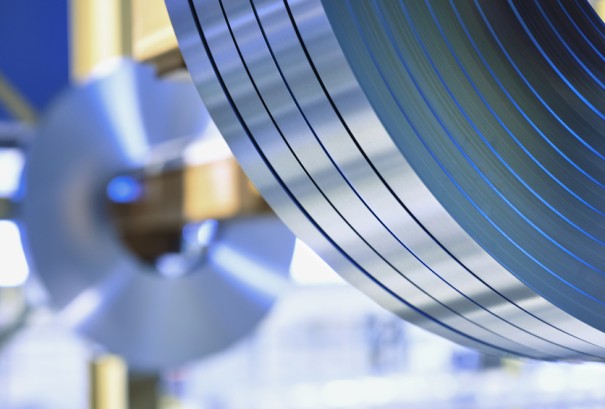
Electrical steel is the core material for every electric car. The special steels that control the magnetic flux form the basis for every electric motor. Without them, nothing works. In the stators and rotors, electrical steel has a decisive impact on the efficiency of the motor: the more it minimizes the core losses, the greater the efficiency of the motor – and thus the range of the vehicle.
thyssenkrupp is Europe’s leading electrical steel producer and manufactures grades that meet the exacting requirements of e-mobility: Core losses are already almost 30% lower than those of conventional grades, while the outstanding strength of the high-tech material permits maximum speeds in the smallest possible space: Steel ensures progress along the road to the e-mobility of the future.
Electrical steel: more than just mobility
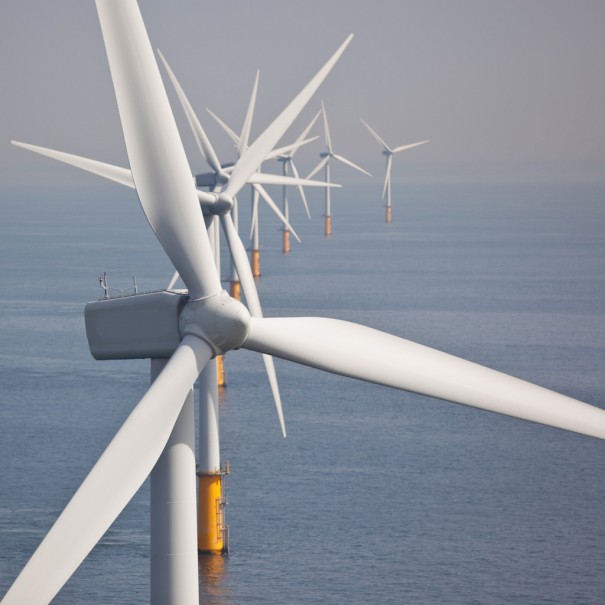
E-mobility is one way to sustainably reduce CO2 emissions. But just developing and building electric vehicles is not enough. If Germany is to achieve the energy transition in the future, its electricity must also come from renewable energies – and not just for EVs.
Smart electricity distribution is needed for this, and storage capacities must be created. Electrical steel plays a key role not only in electric motors, but also in generators and transformers. The material is needed to concentrate the magnetic flux in electric machines.
powercore® electrical steel in charging stations

Ultimately, we also need to massively expand the number of charging stations and the entire charging infrastructure. thyssenkrupp’s Steel business has the high-tech materials and smart solutions for this in its powercore® portfolio.
Without steel there is no e-mobility. So it’s looking very much as if the most important automotive material of the past and present will also be the most important material of the future.
